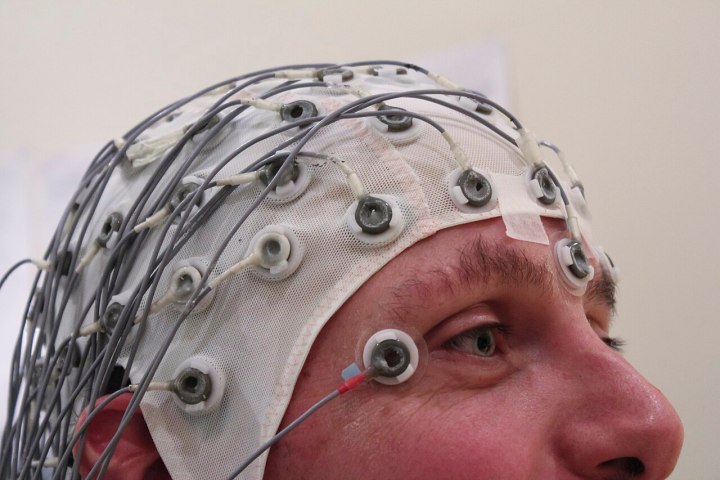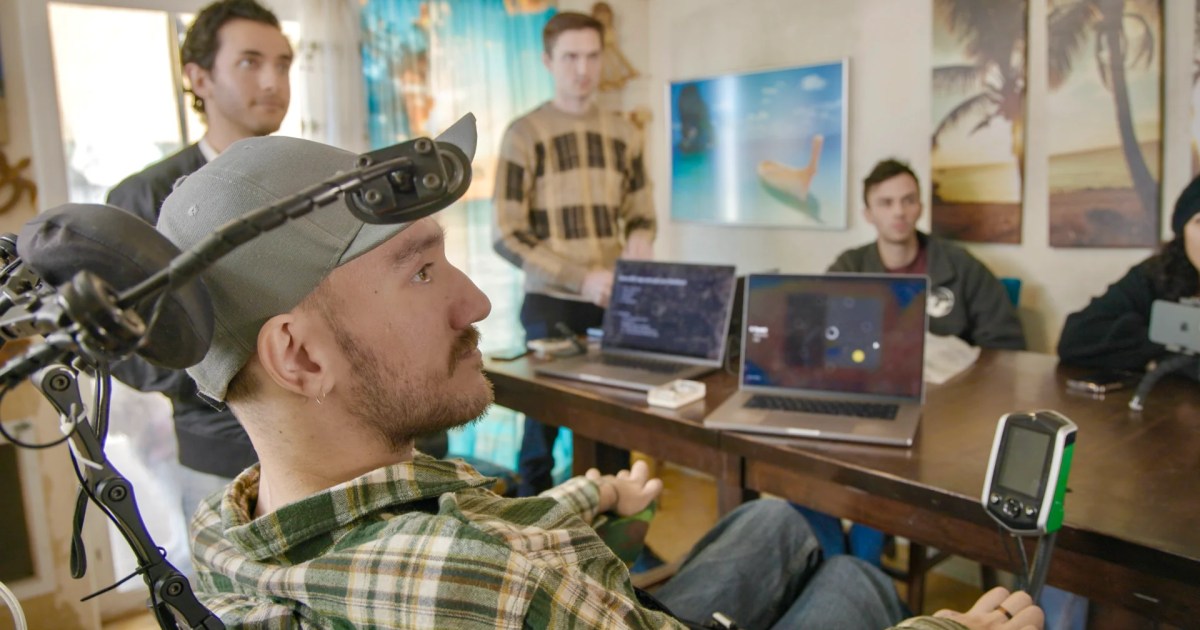Connecting our brains directly to computers, once a realm of science fiction, is rapidly becoming a reality thanks to Brain-Computer Interfaces (BCIs). While companies like Elon Musk’s Neuralink have captured public attention, the field extends far beyond, presenting both incredible potential and significant challenges. This article explores the current state of BCI technology, its applications, and the hurdles researchers are working to overcome.
BCIs are devices that translate the brain’s electrical signals into digital commands for external machines, creating a direct link between our minds and the digital world. This technology holds promise for individuals with disabilities, offering greater freedom and control, as well as potential applications in gaming, healthcare, and beyond. However, technical, ethical, and regulatory challenges remain.
Decoding the Brain: How BCIs Work
BCIs function by interpreting the brain’s electrical activity and converting it into actionable commands. The history of BCIs dates back to the 1920s with the development of the electroencephalogram (EEG). However, modern BCI research emerged in the 1970s, pioneered by Dr. Jacques Vidal at UCLA.
BCIs have evolved into diverse forms, categorized by their proximity to the brain. Non-invasive methods like EEGs and MRIs monitor brain activity externally. Partially-invasive techniques, such as endovascular EEGs, use catheters to introduce electrodes without open brain surgery. Implantable BCIs, the most direct approach, place electrodes directly onto brain tissue.
 Examples of invasive and partially invasive EEGs
Examples of invasive and partially invasive EEGs
Non-Invasive BCIs: Challenges and Limitations
Non-invasive BCIs, while avoiding surgery, face challenges like low signal-to-noise ratios. Interference from the skull and scalp makes accurate signal decoding difficult. Dr. Jane Huggins, director of the University of Michigan Direct Brain Interface Laboratory, highlights the complexity of interpreting brain signals, influenced by factors ranging from visual stimuli to emotional state. Furthermore, bulky electrodes and headsets can be uncomfortable for extended use.
Implantable BCIs: A Direct Connection
Implantable BCIs offer a more direct connection, translating impulses from the brain matter into commands relayed wirelessly to external devices. While some may find the idea of brain implants unsettling, Dr. Huggins argues that they ultimately offer greater convenience, eliminating daily setup, charging, and cleaning required by external BCIs. She envisions future devices combining the benefits of both approaches, similar to cochlear implants.
 The Telepathy implant being held.
The Telepathy implant being held.
The field of implantable BCIs is rapidly advancing. Neuralink’s human trials have demonstrated patients controlling computers with their thoughts, playing games like Civilization VI. Other companies like Synchron and Blackrock Neurotech are also making significant strides, conducting clinical trials and developing innovative implantable BCI technologies. These devices have the potential to restore mobility, enhance communication, and improve quality of life for individuals with disabilities.
 A screenshot from a YouTube video showing a Neuralink patient playing Civilization VI with his mind.
A screenshot from a YouTube video showing a Neuralink patient playing Civilization VI with his mind.
Beyond medical applications, BCIs are being explored in areas like entertainment, industrial automation, education, and neuromarketing, showcasing the vast potential of this technology.
Overcoming Obstacles: The Future of BCIs
Despite the progress, challenges remain for implantable BCIs. Long-term stability is a concern, as devices can degrade over time. User training and calibration remain time-consuming. Ethical and privacy considerations are paramount, as BCI data is highly personal. Issues of autonomy, consent, and accessibility need careful consideration. The integration of AI and machine learning raises questions about control and decision-making.
 an EEG cap
an EEG cap
Addressing public perception and managing expectations are also crucial. Dr. Huggins emphasizes the importance of realistic expectations and understanding the limitations of current technology. While telepathic communication and mind-melding may remain in the realm of science fiction for now, the foundation for future advancements is being laid today.

The BCI revolution is just beginning. Researchers are actively working to overcome technical and ethical challenges, paving the way for a future where BCIs can transform lives and expand human potential. While the journey is complex, the potential rewards are immense.











